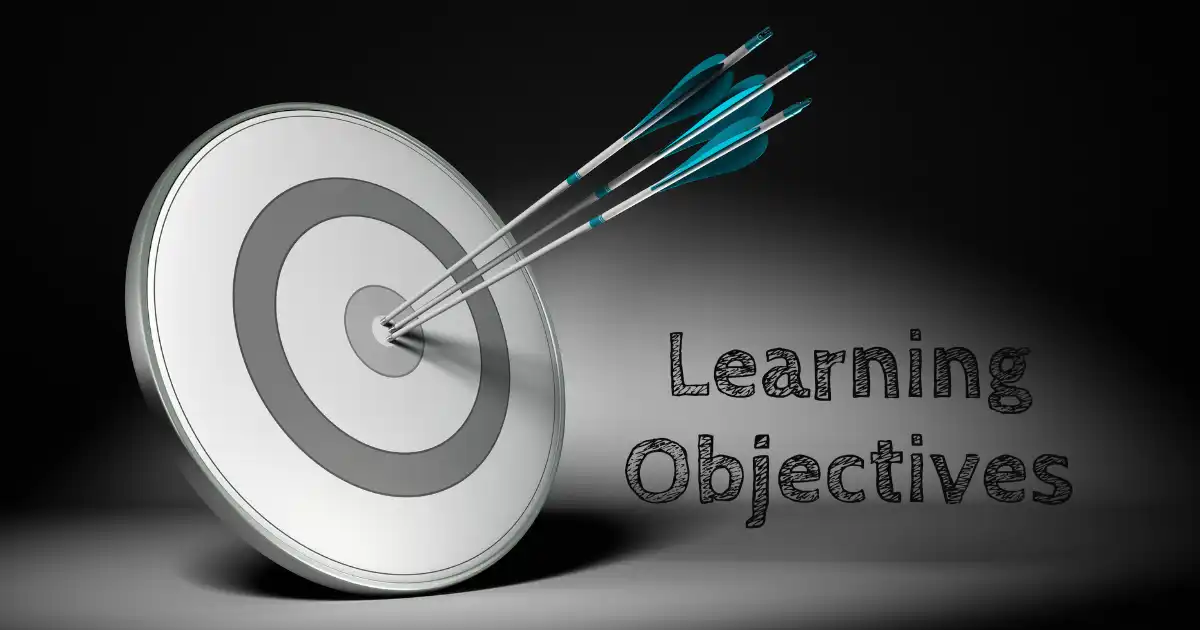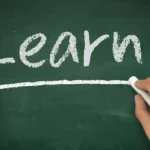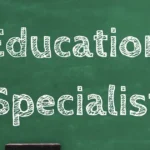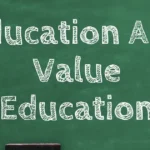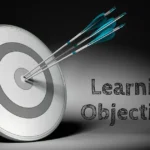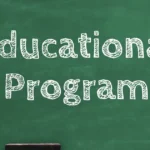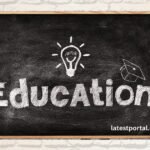Check announcements or course materials for the release of learning objectives. Confirm with instructors or course coordinators if unsure.
Learning objectives guide students by outlining the expected outcomes of a course or training session. They help learners understand what skills and knowledge they will gain. Clear objectives motivate students and provide a roadmap for their studies. Instructors benefit from them by aligning their teaching strategies with desired outcomes.
Evaluating students becomes easier when objectives are well-defined. They also ensure that educational content meets specific standards. Releasing learning objectives at the start of a course helps set clear expectations. It creates a focused learning environment and aids in measuring progress. Effective communication of these objectives enhances the overall educational experience for both students and instructors.
Importance Of Learning Objectives
Learning objectives provide a clear direction for students and teachers. They set specific goals for what students should achieve. This helps in guiding the teaching process and measuring student success.
Role In Education
Learning objectives play a crucial role in education. They help teachers plan their lessons effectively. Objectives ensure that the curriculum is aligned with the desired outcomes.
Here are some key roles of learning objectives in education:
- Guidance: They guide the teaching and learning process.
- Focus: They keep students focused on what they need to learn.
- Assessment: They provide a basis for assessing student performance.
- Motivation: They motivate students by setting clear goals.
Impact On Student Success
Learning objectives significantly impact student success. Clear objectives help students understand what is expected of them. This clarity boosts their confidence and performance. Consider the following impacts on student success:
| Impact | Description |
|---|---|
| Clarity | Students know exactly what they need to learn. |
| Engagement | Students stay engaged with clear and achievable goals. |
| Performance | Objectives help track and improve student performance. |
| Feedback | Teachers can provide better feedback based on objectives. |
Incorporating learning objectives in teaching strategies is essential. They provide a roadmap for both teaching and learning. This ensures that educational goals are met effectively.

Credit: daesa.wsu.edu
Defining Key Indicators
Understanding if learning objectives are met is crucial. Defining key indicators helps track progress. These indicators offer a clear picture of achievement. Here, we explore two main types: Measurable Outcomes and Qualitative Assessments.
Measurable Outcomes
Measurable outcomes provide clear metrics. These metrics show if objectives are met. Use quantitative data to track progress. This data includes test scores, completion rates, and performance metrics.
| Metric | Description |
|---|---|
| Test Scores | Numerical results from assessments. |
| Completion Rates | Percentage of tasks completed. |
| Performance Metrics | Specific performance indicators. |
Qualitative Assessments
Qualitative assessments provide deeper insights. They involve observations and feedback. These assessments offer rich, descriptive data. They focus on the quality of learning experiences.
- Student Feedback
- Teacher Observations
- Peer Reviews
Gather student feedback through surveys. Use teacher observations to note progress. Conduct peer reviews for additional perspectives. These methods provide a holistic view.
By combining measurable outcomes and qualitative assessments, you get a full picture. This approach ensures that learning objectives are truly met.
Student Performance Metrics
Measuring student performance helps teachers know if learning objectives were achieved. This involves looking at various student performance metrics. Two key metrics include test scores and class participation. These metrics provide insights into student learning and engagement.
Test Scores
Test scores are a direct measure of what students have learned. High scores mean students understand the material well. Low scores indicate the need for review or different teaching methods. Teachers can use test scores to adjust their instruction.
Consider the following table as an example of test scores analysis:
| Student | Test 1 | Test 2 | Average Score |
|---|---|---|---|
| John | 85 | 90 | 87.5 |
| Jane | 78 | 82 | 80 |
| Sam | 92 | 88 | 90 |
Class Participation
Class participation measures how students engage in lessons. Active participation shows a high level of understanding and interest. Lack of participation may indicate confusion or lack of engagement. Teachers should encourage all students to participate. Here are some ways to track class participation:
- Frequent questions and answers in class
- Involvement in group discussions
- Participation in hands-on activities
Regular tracking of these metrics helps teachers identify areas needing improvement. This ensures that learning objectives are met effectively.
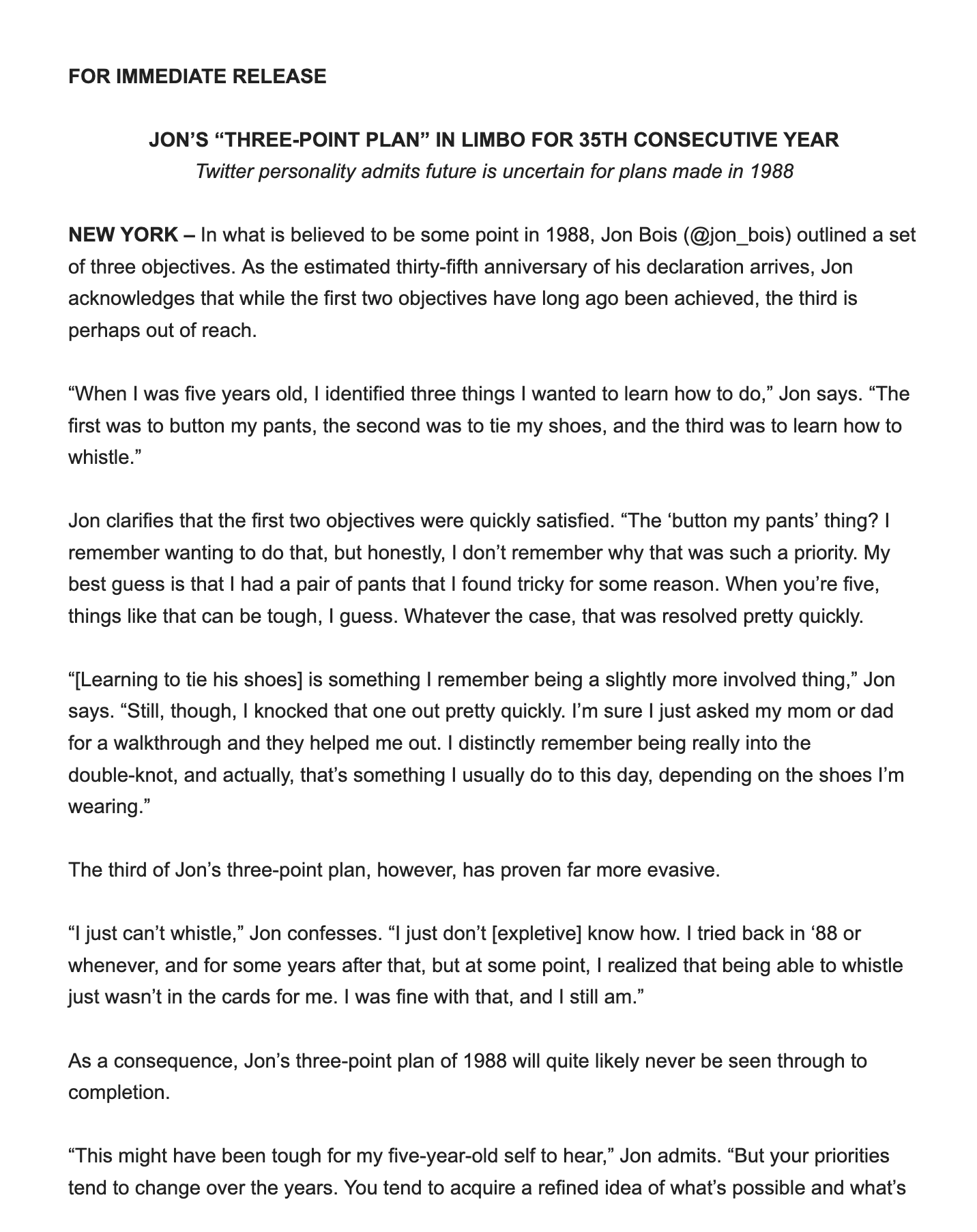
Credit: twitter.com
Feedback Mechanisms
Feedback mechanisms are essential in evaluating whether learning objectives were released successfully. These mechanisms provide insights from various stakeholders, ensuring comprehensive feedback on educational goals.
Student Surveys
Student surveys are a direct way to gather feedback on learning objectives. They help understand if students grasp the material. Surveys should be anonymous to encourage honesty. Use a mix of multiple-choice and open-ended questions. Key questions might include:
- Did you understand the main concepts?
- Were the learning objectives clear?
- What areas need more explanation?
Analyze the responses to identify trends and areas for improvement. Use this data to adjust teaching methods and materials.
Teacher Evaluations
Teacher evaluations provide another layer of feedback. They offer professional insights into whether learning objectives were met. Teachers can assess both student performance and engagement levels. Consider these evaluation methods:
- Peer reviews: Teachers review each other’s methods and outcomes.
- Self-assessments: Teachers reflect on their own teaching effectiveness.
- Administrative evaluations: School administrators observe and provide feedback.
Collect data from these evaluations regularly. Use the findings to improve instructional strategies and better align with learning objectives.
Curriculum Alignment
Curriculum alignment ensures that learning objectives match the course content and teaching methods. This alignment guarantees a coherent educational experience for students. Achieving curriculum alignment helps measure if learning objectives were released effectively.
Course Content
Course content must align with learning objectives. Every topic should contribute to the goal. Use a table to ensure all topics match the objectives:
| Learning Objective | Course Topic |
|---|---|
| Understand basic algebra | Introduction to Algebra |
| Apply algebraic formulas | Algebraic Formulas |
| Solve algebraic equations | Solving Equations |
Teaching Methods
Effective teaching methods support curriculum alignment. Use various strategies to address different learning styles:
- Interactive lectures for auditory learners
- Visual aids for visual learners
- Hands-on activities for kinesthetic learners
Track the effectiveness of each method. Adjust based on student feedback and performance. This ensures teaching methods align with learning objectives.
Use assessments and evaluations to measure if students meet the learning objectives. Regular quizzes and assignments provide ongoing feedback. This helps in refining teaching methods and course content.
Technology Integration
In the digital age, technology integration plays a crucial role in education. It helps track and release learning objectives. Knowing if learning objectives were released can be challenging. Using technology makes this task easier and more efficient.
Learning Management Systems
Learning Management Systems (LMS) offer many features to monitor learning objectives. Teachers can upload objectives directly to the LMS. Students then access these objectives from their accounts. The LMS also provides tracking tools. Teachers can see which students have viewed the objectives. They can also see who has completed the tasks associated with them.
- Automated Notifications: LMS can send alerts when objectives are released.
- Progress Tracking: Teachers can monitor student engagement.
- Reports: Generate reports to see which objectives are met.
Digital Tools
Many digital tools help in releasing and tracking learning objectives. These tools make it easier for teachers and students. They offer various features for seamless integration. Some popular tools include:
- Google Classroom: Teachers post objectives as assignments.
- Kahoot!: Engage students through interactive quizzes.
- Padlet: Create boards to display learning objectives.
Using these tools ensures that learning objectives are clear and accessible. Teachers and students both benefit from this clarity. It enhances the overall learning experience.
Real-world Application
Ensuring that students can apply what they learn is crucial. Real-world application of learning objectives shows their effectiveness. Here are key areas where this application is visible:
Project-based Learning
Project-Based Learning (PBL) helps students apply their knowledge to real-world problems. In PBL, students work on a project over an extended period. They investigate and respond to complex questions or challenges. This method allows them to engage deeply with the subject matter.
- Students learn by doing.
- Projects simulate real-life scenarios.
- Collaboration enhances problem-solving skills.
Projects can be anything from building a model to creating a digital portfolio. These projects assess their understanding and ability to apply concepts.
Internship Opportunities
Internship Opportunities provide hands-on experience in a professional setting. Internships bridge the gap between academic learning and real-world application.
| Benefit | Description |
|---|---|
| Practical Experience | Students practice skills learned in the classroom. |
| Networking | Students build professional relationships. |
| Industry Insight | Students understand industry standards and expectations. |
Continuous Improvement
Continuous improvement is essential in determining if learning objectives were released. It helps in refining and perfecting educational strategies. This process ensures that learning remains effective and relevant.
Regular Reviews
Conducting regular reviews is crucial for continuous improvement. It allows educators to track progress and identify areas needing enhancement.
- Monthly evaluations help monitor student performance.
- Quarterly reviews can assess the effectiveness of learning materials.
- Annual audits provide a comprehensive overview of the educational strategy.
These reviews should be documented and analyzed. This will help in understanding trends and patterns in learning outcomes.
Ongoing Adjustments
Ongoing adjustments are necessary to keep learning objectives on track. This involves tweaking lesson plans and instructional methods based on review outcomes.
- Identify weak areas from review data.
- Modify teaching methods to address these weaknesses.
- Implement changes in the curriculum if needed.
Adjustments should be made promptly. This ensures students receive the best possible education. Use feedback from students and teachers. This helps in making informed decisions about necessary changes.
| Review Frequency | Action | Purpose |
|---|---|---|
| Monthly | Track Performance | Identify immediate issues |
| Quarterly | Assess Materials | Ensure effectiveness |
| Annually | Audit Strategy | Comprehensive overview |
Frequently Asked Questions
How Do You Know If Learning Objectives Were Realized?
Assess learning objectives through quizzes, tests, and assignments. Evaluate participation and engagement. Collect feedback via surveys. Analyze improvement in performance.
How Do I Know Learning Objectives Were Met?
Assess learning objectives through quizzes, assignments, and feedback. Track student progress and engagement. Analyze test scores and participation.
How To Determine If Learning Objectives Have Been Written Effectively?
Ensure learning objectives are clear, specific, and measurable. They should align with course goals and be achievable. Use action verbs to define expectations. Check for relevance and practicality.
How Will You Know If Your Lesson Objective Was Achieved?
Assess student performance through quizzes, assignments, and participation. Observe engagement and comprehension during lessons. Evaluate feedback and improvement.
Conclusion
Determining if learning objectives were released is crucial for effective education. Clear, measurable goals ensure students achieve desired outcomes. Regular feedback and assessment help track progress. By focusing on these elements, educators can create a more productive learning environment, benefiting both teachers and students alike.
- India All State Medical Colleges List 2024
- Top 20 Ranking MEdical Colleges in India 2024
- What is the Main Idea of Importance of Education: Unlocking Future Success
- How Do You Know If Learning Has Taken Place: Key Indicators
- How to Become an Education Specialist in South Africa: Expert Guide
- What is the Difference between Education And Value Education: Explained
- How Much Does Education Improve Intelligence: Meta-Analysis Findings
- How Do You Know If Learning Objectives were Released: Key Indicators
- How to Measure the Effectiveness of an Educational Program: Proven Methods
- Can Education IRA Be Used for Room And Board?: Uncover the Facts
- What Do You Think the Purpose of Education is: Unlocking Potential
- When is the Best Time to Get an Education Quizlet: Top Tips
